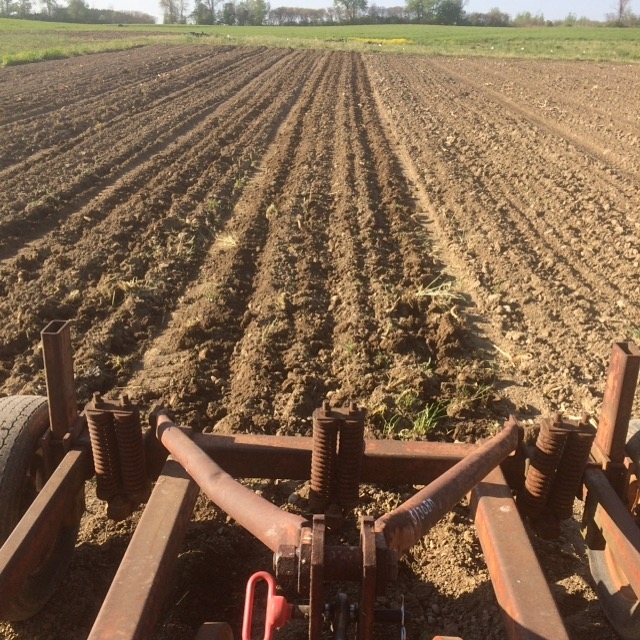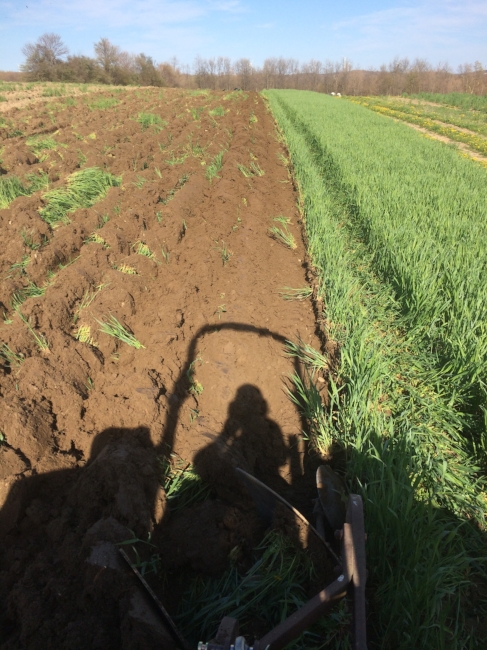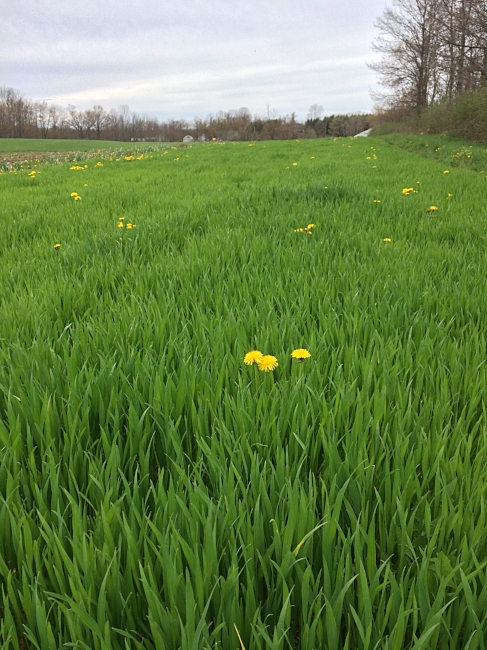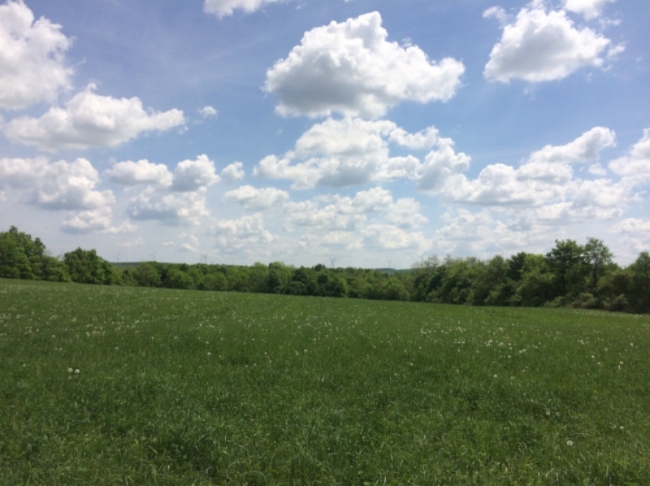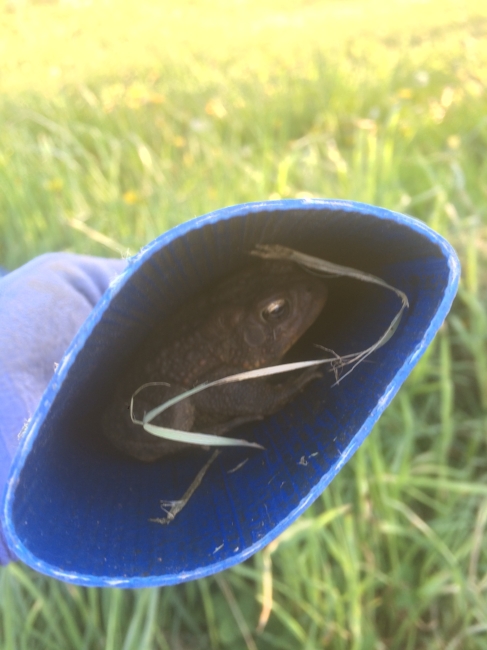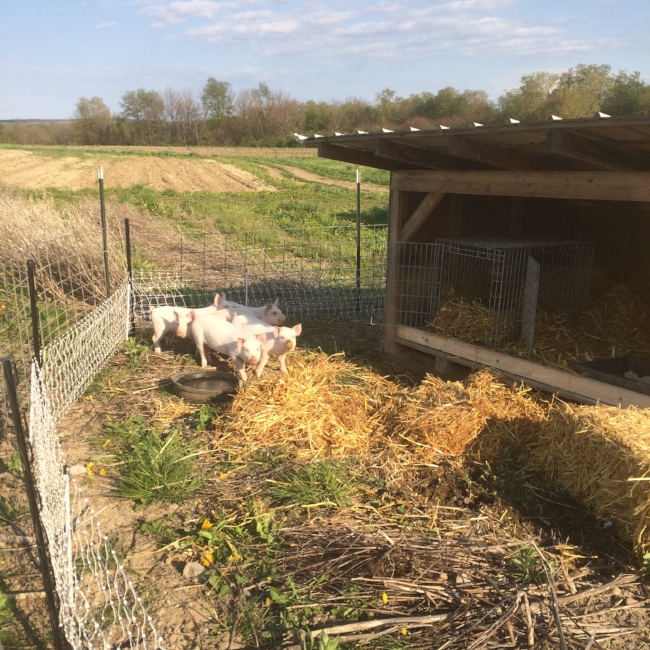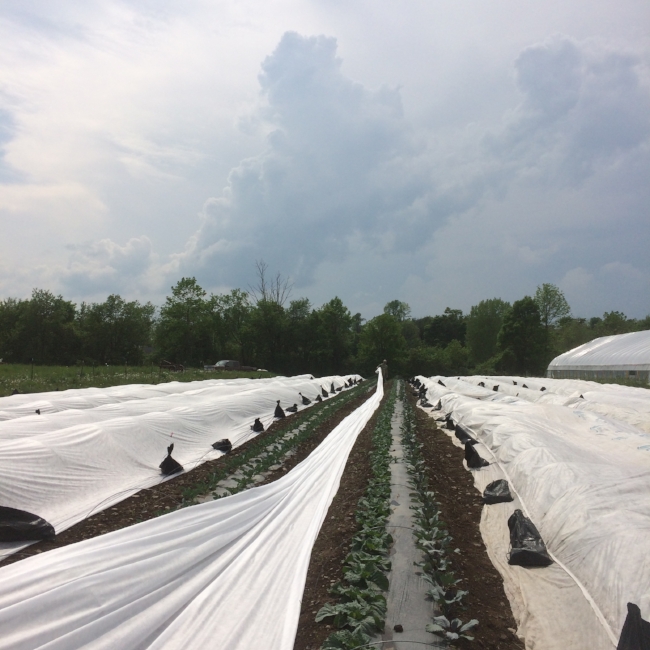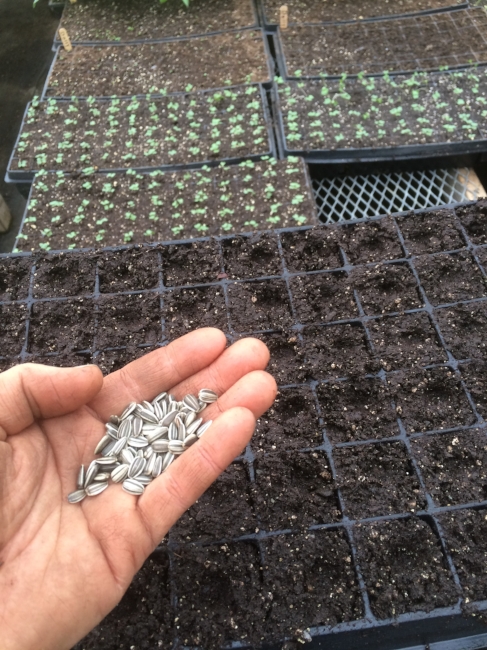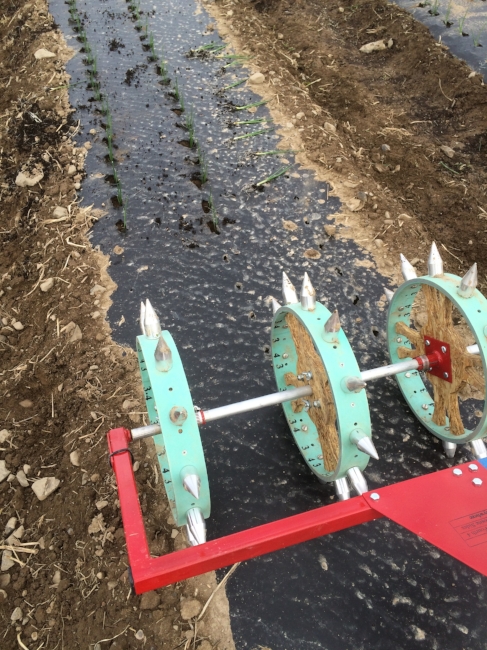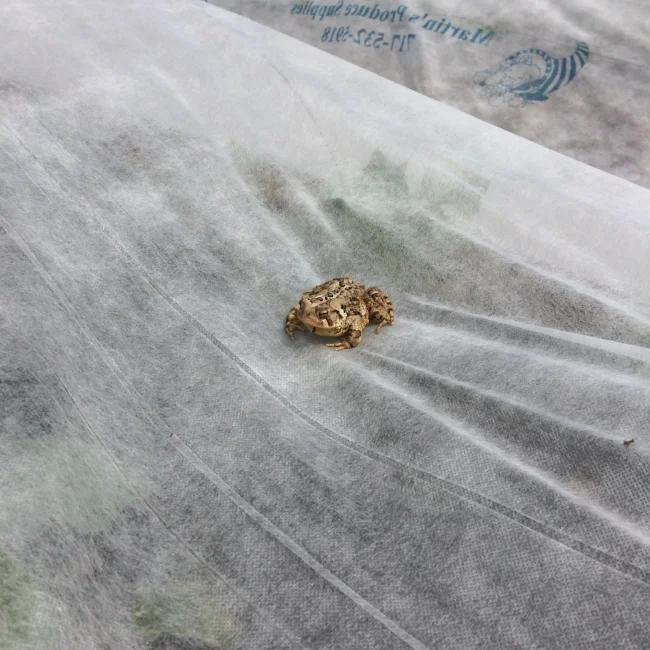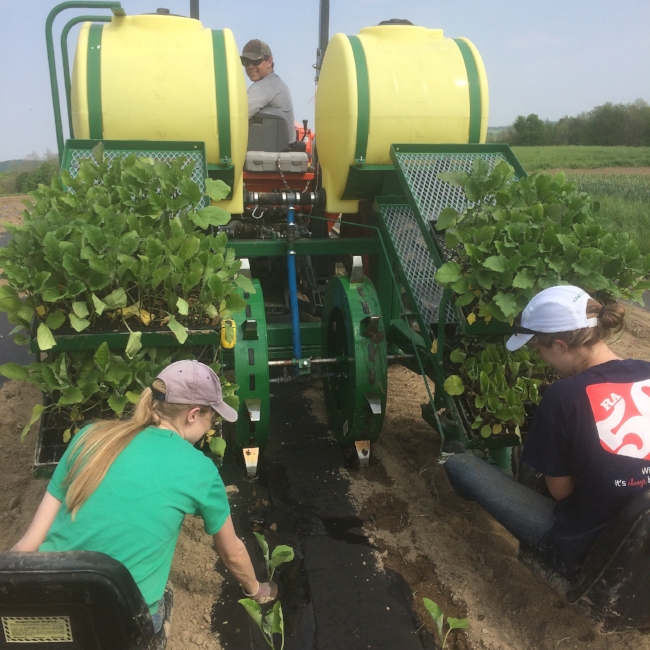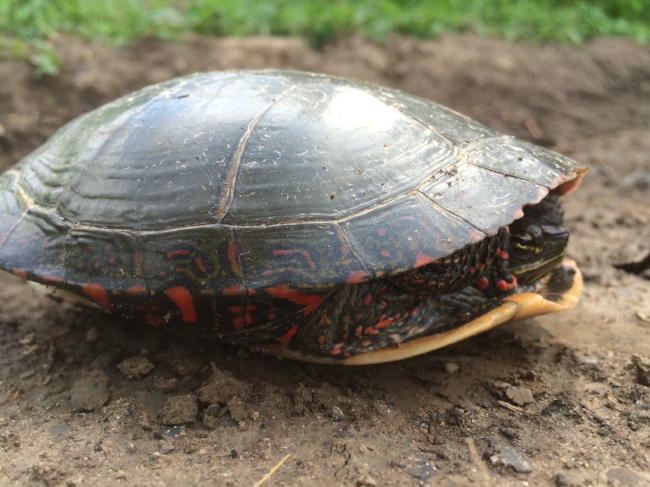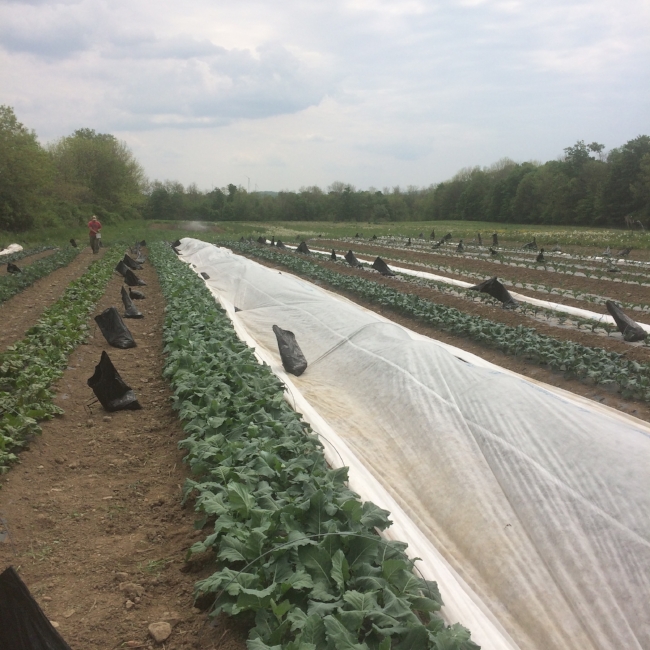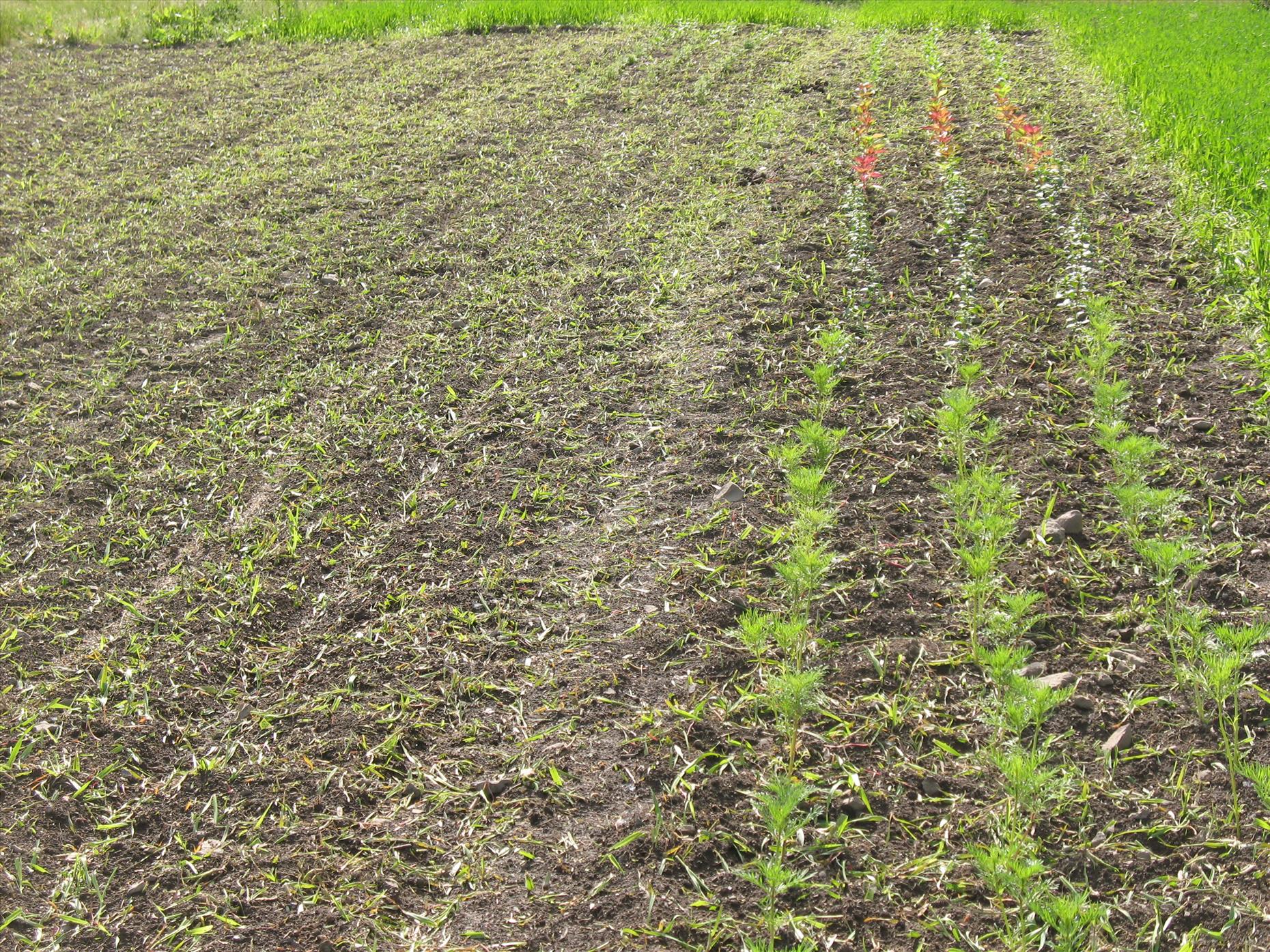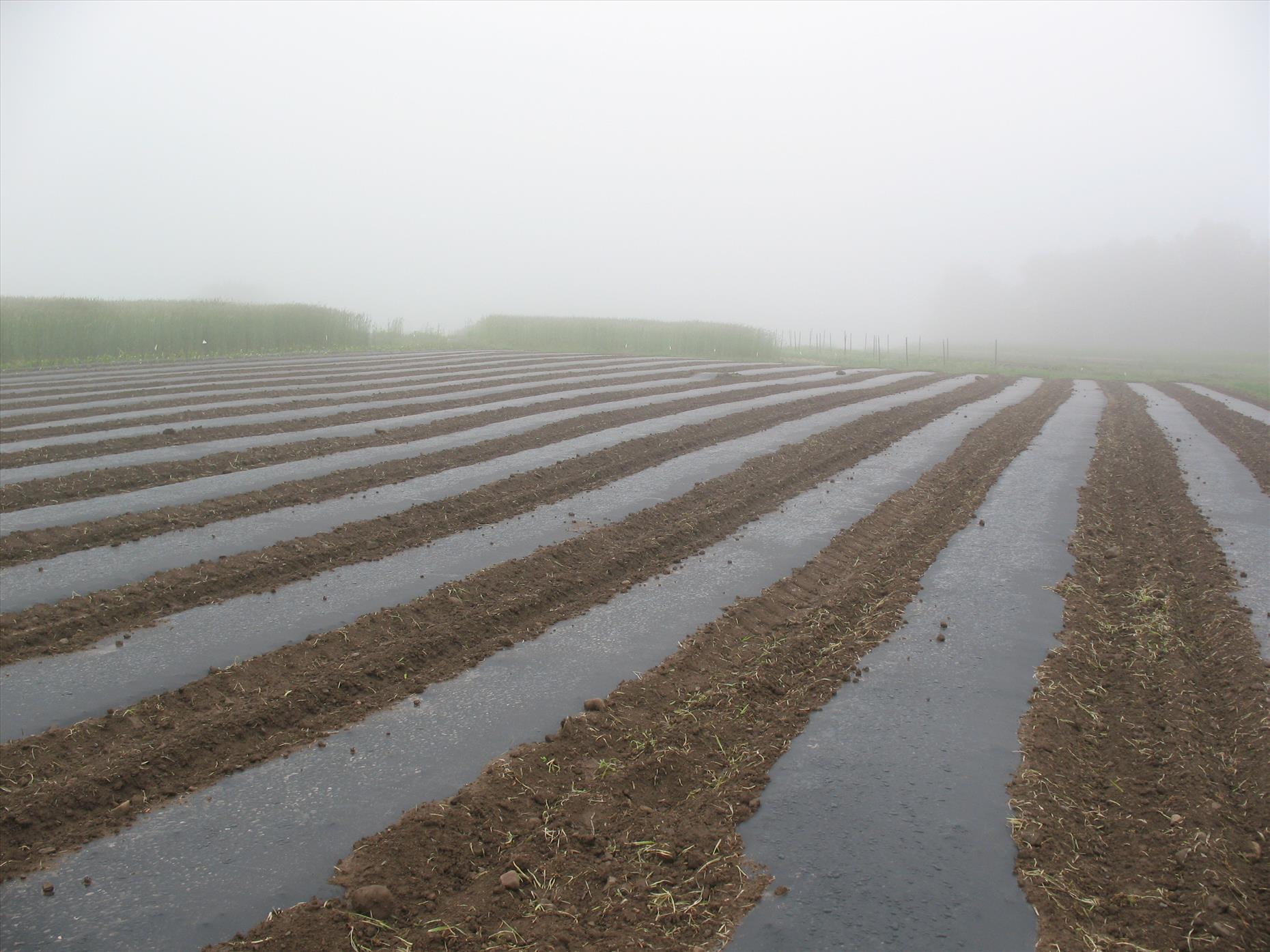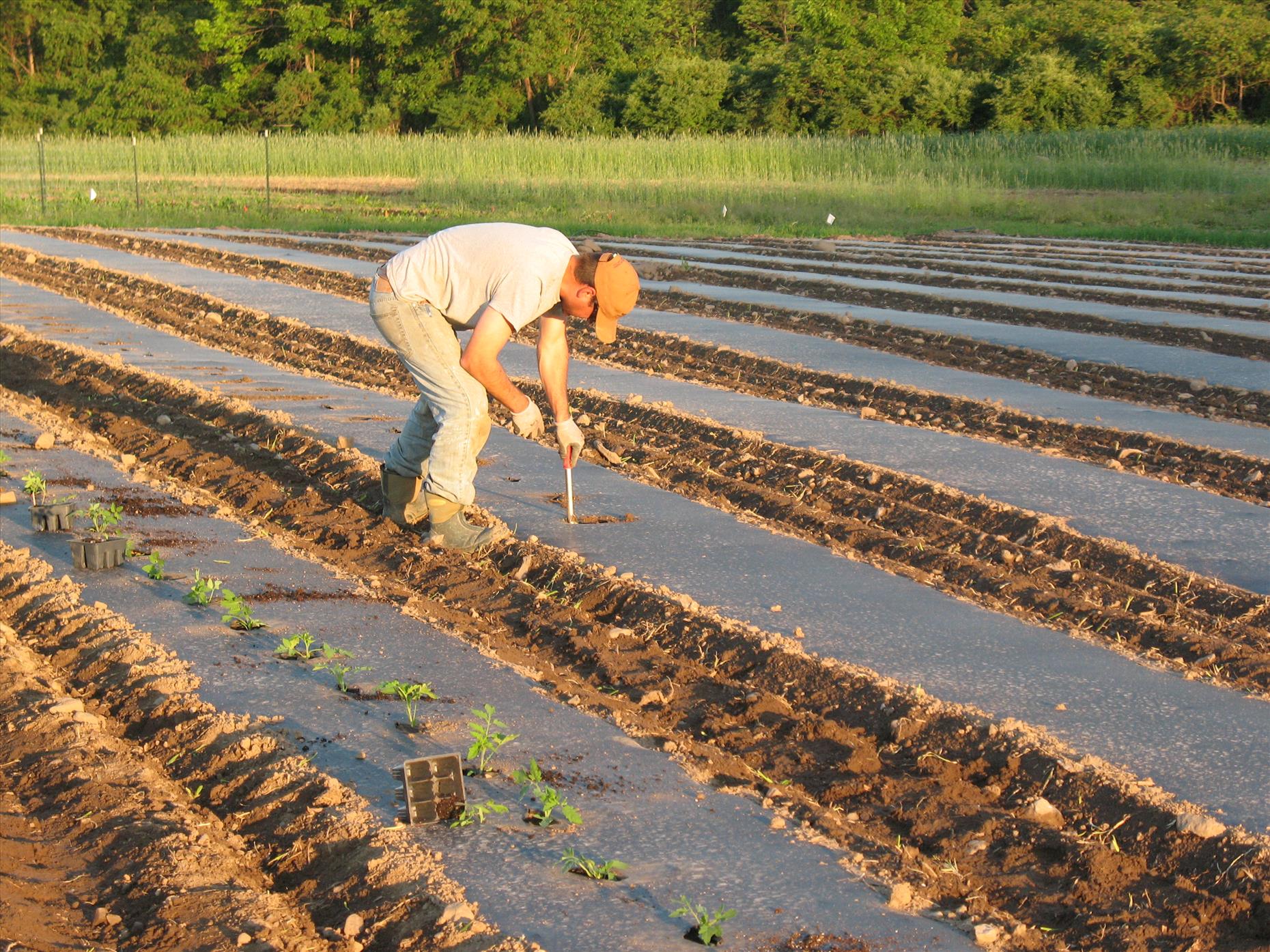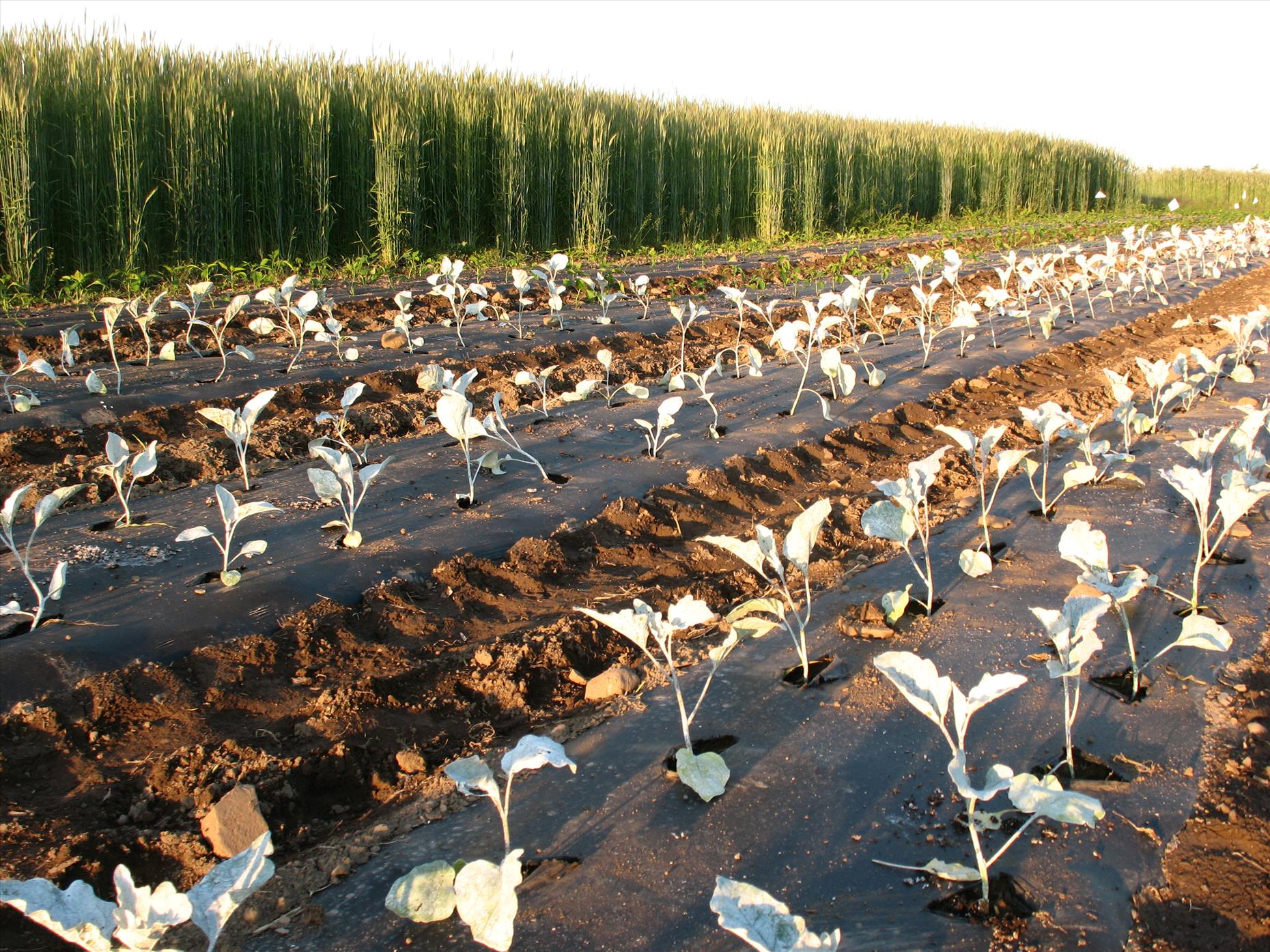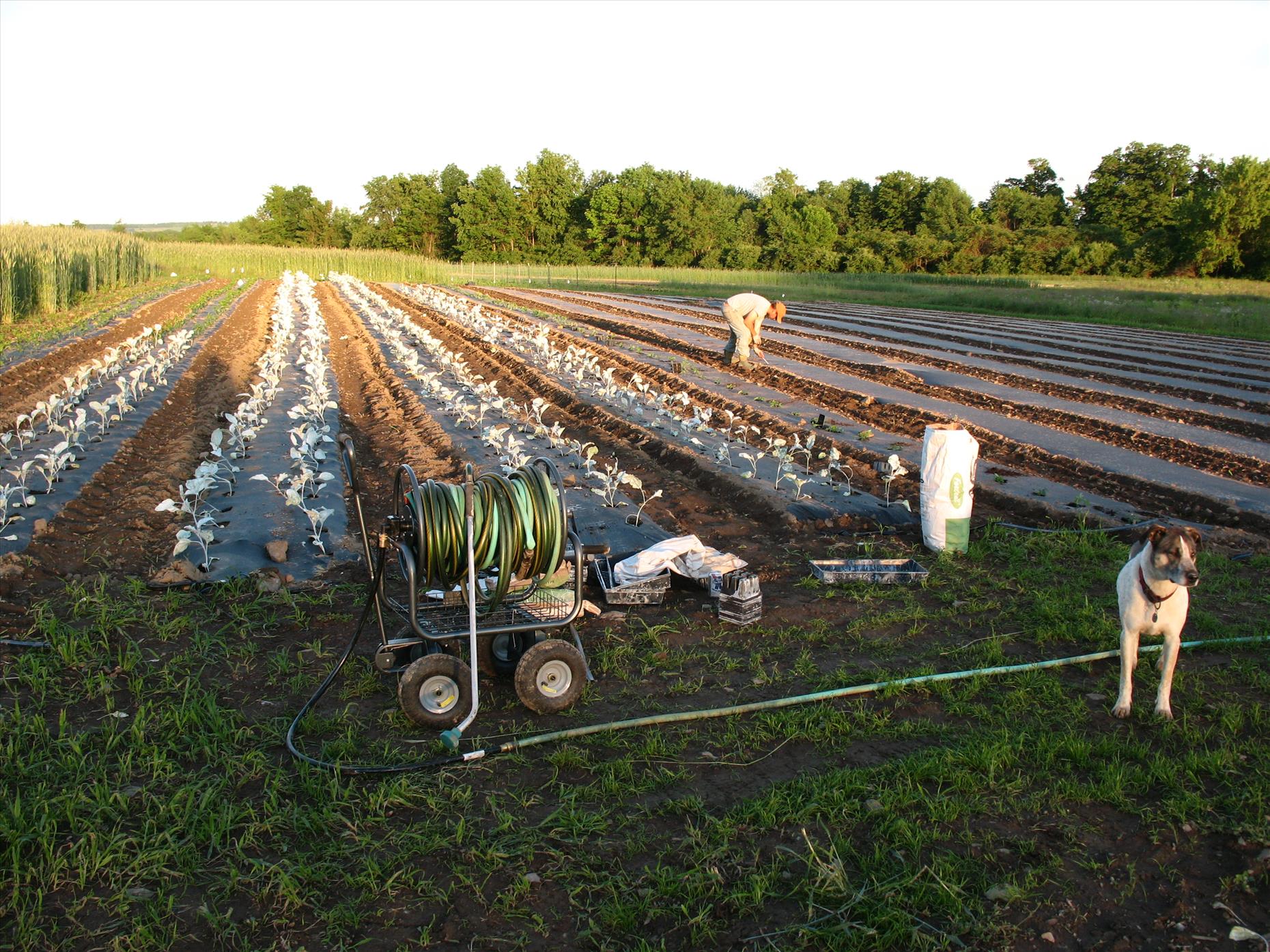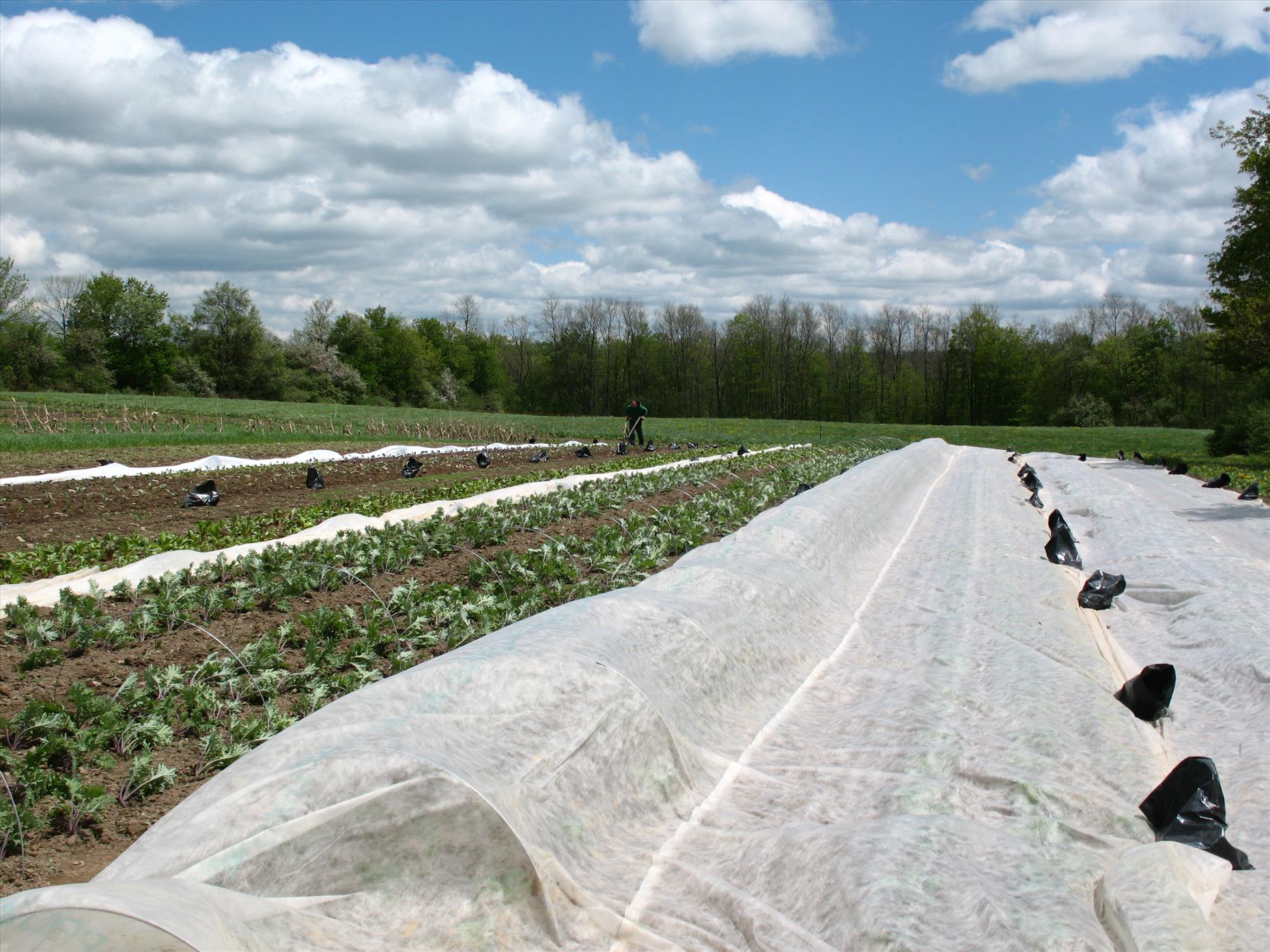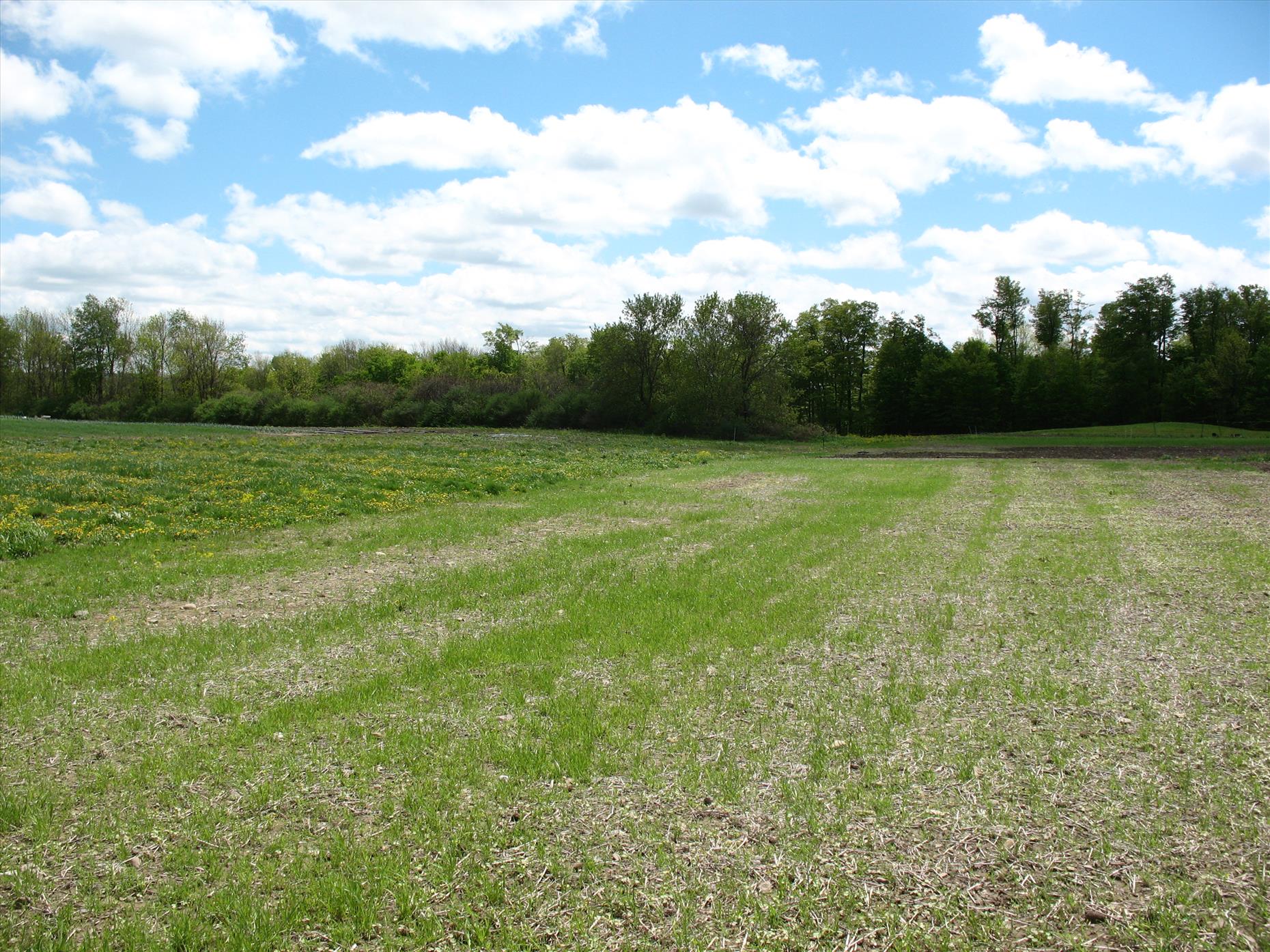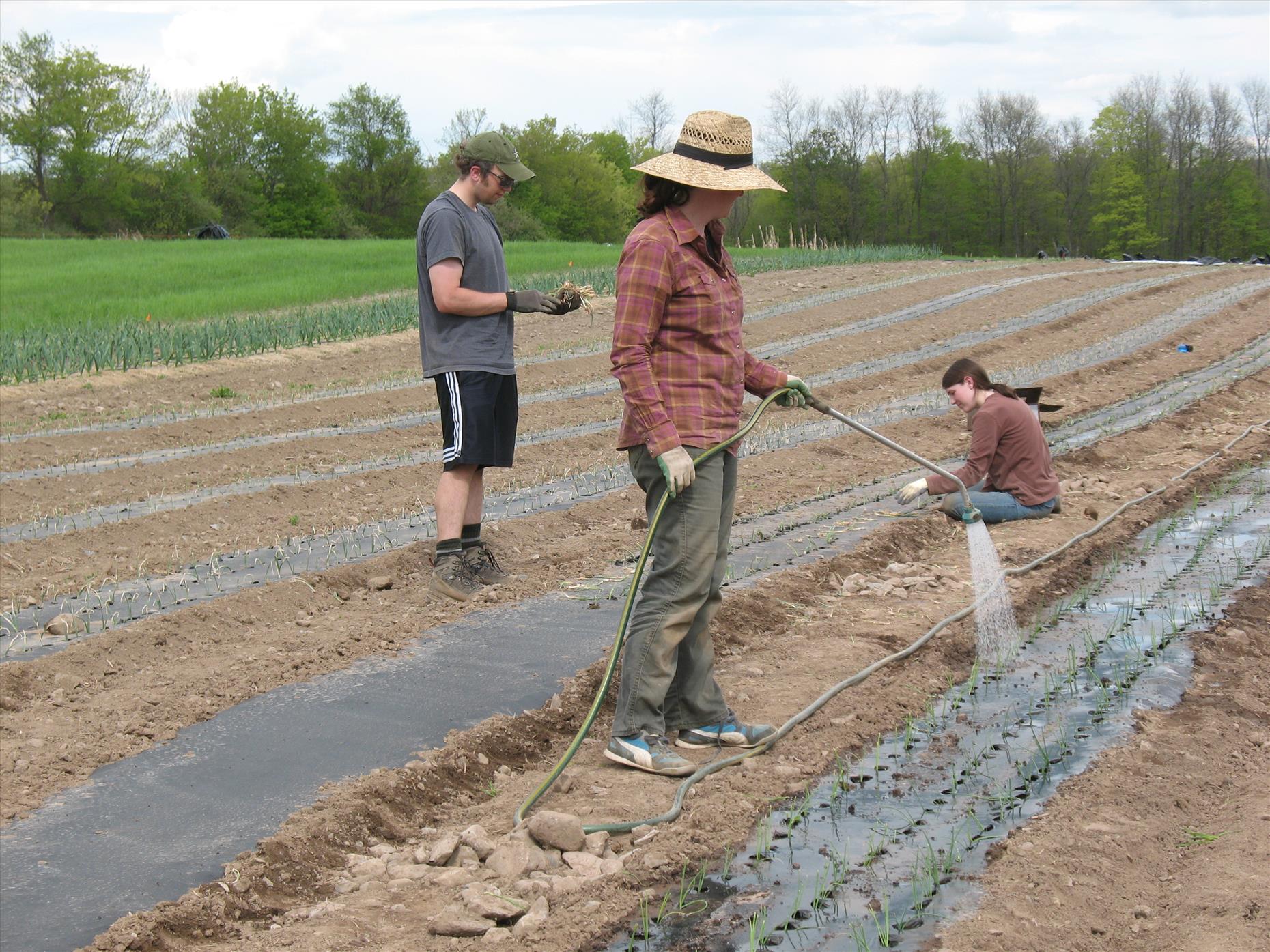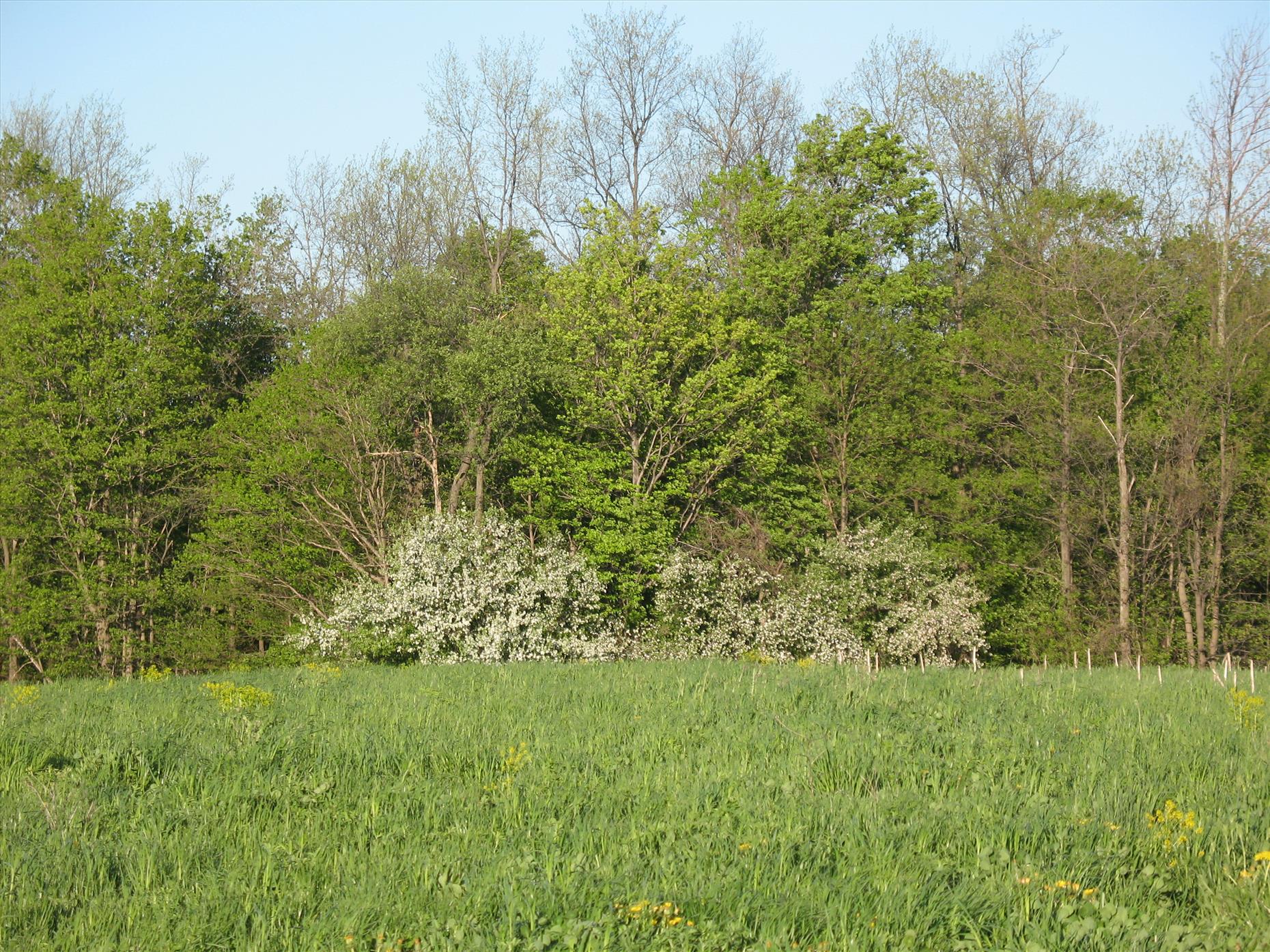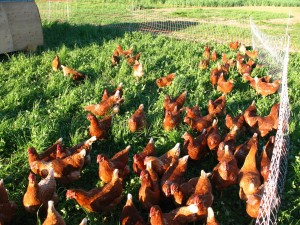Weather Roulette (the annual weather complaint blog in which your trusty farmer gets a bit Debbie Downer!)
/[WC (weather complainer) warning - this is my annual cathartic weather venting. I’ll shut up after this, I promise!]
What a spring.
From a seemingly early start that morphed into what feels like unending wet gloom, it’s been a wild and muddy April and May this year.
The driest day we’ve worked ground so far this season is wetter than the wettest conditions we’ve ever worked land before. Working soil when it’s too wet can lead to problems like poor germination of seeds, a damaged soil structure, or crumbly, clumpy soil that makes weeding a PITA later. We’ve been focusing on building up our soil to be better, so it pains us to treat it so mean.
But on the plus side (I guess?), it’s actually been so dank and dark the weeds aren’t growing this year either.
I try not to complain about the weather, I really do. [Matt wants to go on the record that he disagrees with that statement.]
I know that as a farmer, we throw ourselves into nature and hope for the best, but expect at times the worst. Plus, all our great, loyal customers and CSA members are stuck with us in this gloomy spring and hardly need their farmer complaining too!
The thing is, sometimes I do complain (hey, I’m only human). And sometimes after I complain, it’s been suggested that I just change careers to something that doesn’t rely on the weather.
And yes, Matt and I could pack it in and go do something else that would definitely be easier and more profitable. But that just solves the problem of increasingly damaging and erratic weather for two people.
I’m a total podcast addict, given how much time I spend alone in the fields. I LOVE PODCASTS. Well this week, I listened to a grand total of four podcasts where at some point the discussion came to rural areas struggling with the economy/tariffs, farmers dealing with bad weather, or these situations combined. And in each case, the podcast hosts or guest, most of whom I normally respect, took some variation of the position that farmers/rural folks just need to change to more economically profitable careers and/or move to urban areas.
This got me steamed to the point of becoming that crazy lady who heatedly calls in to said podcasts.
Yes, on an individual level, a farmer or even ten thousand farmers can change careers or move. But at some point, WHO is going to grow our food? On an individual level, extreme weather fluctuations stress me and our farm out. But on a bigger picture level, extreme weather fluctuations terrify me, because I know how hard they are on food producers, and it’s not just our farm dealing with this, but the farms growing food for 7.5 billion people.
The west has fire after fire, and is running out of water for both communities and the main produce production zones for the nation. The mountain west had snow this week, the plains have floods and tornadoes and hail, the upper Midwest and northeast (including us) are swathed in Mordor-like gloom with rain every other day, and the southeast is getting a bit of all of the above.
Yesterday’s initial forecast, when announced back on Tuesday, was for a medium chance of tornadoes and hail.
Not rain or mist or thunderstorms, but weather potentially so extreme there’s nothing we can even do about it. Thankfully, conditions shifted and let us off the hook, at least until Saturday when the next front comes through.
I know that weather changes and varies, and I know that climate change is this terrifying behemoth that it’s hard to wrap our heads around what we can do about it. But there’s just so much more darn energy in the atmosphere, that every storm and every weather alert has me jumping.
It’s like a game of Russian roulette, when you pray for the clouds to miss your farm each time, but know that if they do, it’s your neighbor on the other ridge or across town who will be SOL. Last night we could even see the violent rain (hopefully not hail) falling, and it was so close we know the farmers getting slammed by it.
If all of our nation’s farmers who feel like they are looking down the barrel of this roulette game changed careers this week, would we have anybody left to grow our food?
In the short term, the answer is yes, since we are just one minuscule cog in the international food system. Small, local farms sell at the edges of the same markets as giant multinationals, who are able to buy from the cheapest products anywhere on the globe. If Midwest farmers get drowned out this year, these big companies just source their soy and beef from farmers in the newly razed forests of Amazon Brazil. If NY bulk milk costs a few pennies higher to produce per pound, they just ship in milk from cows raised in massive air conditioned barns draining western aquifers.
These big companies don’t care yet that growers in some regions are dealing with weather extremes because they can shift to buy elsewhere for the same low prices. But when these far off Amazon producers or Texas desert dairies get their turn in the weather roulette disaster zone and the big food corporations come back to look for their original producers for soy or dairy or vegetables, what farmers will have weathered their turn at roulette and still be left?
Customers who buy local (and if you’ve stayed with me so far, I’m guessing this is you!) do a big part in helping the farms that work outside this system keep growing and keep our local communities vibrant and green and alive. (THANK YOU guys—I know that we and our fellow farmers at local markets hugely appreciate and rely on your support, especially in crappy years like this spring!)
I also urge all of us, farmer and eater alike, to do what we can to learn about and try to mitigate climate change, whether that’s driving a bit less or putting pressure on our government to do more, so that we can make sure our next generation has plenty of delicious food to eat in the future.
Our takeaway as farmers this spring is that we have to get more and more agile, even as we try to figure out what that means—smaller operations, with more crops like mushrooms or livestock? A larger operation with more land under protective high tunnels? Starting to plant trees and nuts and fruits? Making protective raincoats for all our fields (don’t laugh, this strategy is what allowed us to plant this year’s peas, spinach, and lettuce on time!)?
And how do we keep our hope up as the clouds and mist continue to swirl around us? (I can answer that, it’s coffee, ice cream, cheese, and beer. Oh, and more coffee.)
Whatever we choose, it’s clear that we have to get smarter and quicker each year if we plan to survive the increasingly close rounds of weather roulette.
Now go out there and try to mow a bit more lawn (hmm… maybe we can just all agree to give up lawn mowing if it rains so much?) before the next rainstorm rolls through!










